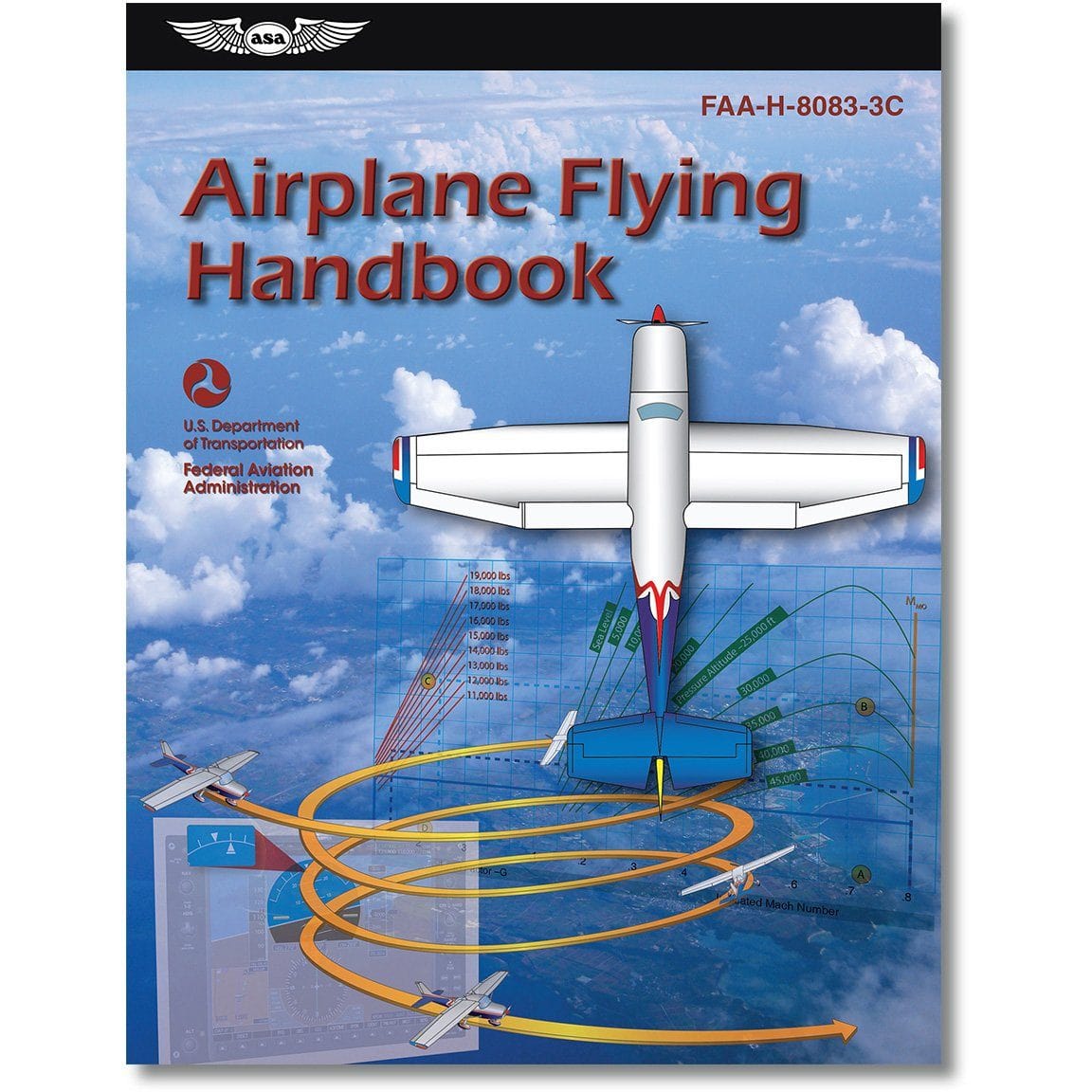Are you wondering what are wingtip vortices and how they work? We're got the answer for you. Wingtip vortices are spirals of air created by the pressure differential between the upper and lower surfaces of an aircraft's wing.
This leads to induced drag that reduces the aircraft's performance. Now, winglets are vertical or angled extensions at the wingtips, and they're designed to mitigate these vortices, which can help to improve performance.
In this article, we'll explore and answer everything you could want to know about this topic.
Lets get started!
SUMMARY
-
Wingtip vortices result from high-pressure air spilling around the wingtips, creating drag.
-
Winglets work by disrupting this airflow, reducing induced drag, and improving aerodynamics.
-
High-aspect-ratio wings or other design alternatives can also minimize the effects of wingtip vortices.
-
Winglets enhance fuel performance but aren’t always the best choice for every aircraft.

What Are Wingtip Vortices?
Wingtip vortices are swirling columns of air created at the wingtips of an aircraft. These form because of the pressure difference between the wing's upper and lower surfaces.
The high-pressure air from underneath the wing naturally tries to move toward the low-pressure region above, spilling around the wingtips and spiraling inward.
This spiraling motion creates a vortex—like a mini tornado—that trails behind the aircraft. While vortices dissipate eventually, they represent wasted energy, manifesting as induced drag.
Why Do Wingtip Vortices Generate Drag?
The lift a wing generates is typically perpendicular to the airflow, or relative wind, helping the aircraft climb or maintain altitude.
However, wingtip vortices bend the relative wind downward near the wingtips, angling the lift vector slightly backward.
This backward tilt creates induced drag, which reduces the aircraft's efficiency and requires more engine power to maintain speed or altitude.

How Do Winglets Work?
Winglets are small vertical or angled extensions on the ends of wings, specifically designed to counteract the effects of wingtip vortices. Here’s how they do it:
-
Changing the Flow Direction: Winglets alter the relative wind at the wingtip. The vortex naturally curves upward and inward, bending the airflow. By redirecting the airflow, the winglet creates lift of its own.
-
Generating Forward Lift: The lift generated by the winglet points slightly forward, helping to counteract induced drag. This happens because the winglet lift is angled in the same direction as the aircraft's forward motion.
-
Improving Efficiency: By mitigating the energy lost to induced drag, winglets improve fuel usage, range, and climb performance.

How Winglets Reduce Drag
Winglets reduce drag by taming the swirling air at the wingtips, called wingtip vortices. These vortices form because high-pressure air under the wing spills around to the low-pressure area above, creating a spiral of air that trails behind the aircraft. This spiral drags the plane down, literally turning some of its lift into drag.
This is where winglets come in. They’re those upward-angled extensions at the wing tips, and they work like mini wings. By redirecting the airflow at the tips, winglets disrupt the vortex and prevent it from growing as strong.
Not only do they reduce the drag caused by these vortices, but they also generate a little extra lift, angled slightly forward, which helps the aircraft move more efficiently.
The result? Lower fuel burn, improved range, and better performance.

What Is a Blended Winglet?
Blended winglets connect to the wing with a smooth curve rather than a sharp angle. This is to help to reduce interference drag where the airplane wing and winglet meet.
Sharp angles in this area can disrupt the boundary layer airflow. That can create drag-inducing vortices that cancel out some of the winglet's benefits. By smoothing out this transition, a blended winglets help to provide better airflow.
Split scimitar winglets are a more advanced design developed by Aviation Partners Boeing. Split scimitar winglets combine the benefits of blended winglets with some additional aerodynamic tweaks.
These tweaks include a downward-pointing component at the trailing edge. This helps to enhance both drag reduction and the fuel efficiency.
The Role of Aspect Ratio and Wing Design
Winglets are not the sole option for improving aerodynamic performance. There are high-aspect-ratio wings, like those with raked wingtips, and these also reduce drag by increasing the wing’s span.
Thin wings with higher aspect ratios experience lower induced drag because the wing tips are farther from the main wing area. That can reduce the impact of wingtip vortices.
Adding winglets offers similar aerodynamic benefits without requiring a larger wing, which can be important for airport compatibility. Basically, winglets are a popular choice for both new aircraft designs and retrofitted commercial airliners.

Why Don’t All Aircraft Have Winglets?
Not all aircraft are designed with winglets, and for good reason. Some aircraft, such as certain models of the Boeing 777, use alternative wing designs to achieve similar aerodynamic benefits.
For example, the 777’s long-span, high-aspect-ratio wings reduce the impact of wingtip vortices naturally, making winglets unnecessary.
In other cases, the added weight or structural complexity of winglets may outweigh their benefits, depending on the aircraft’s mission and design constraints.

Frequently Asked Questions
-
How do winglets reduce wingtip vortices?
Winglets disrupt the airflow around the wingtips, weakening the formation of vortices and thereby reducing induced drag.
-
How do wingtip vortices work?
Wingtip vortices form due to pressure differences across the wing surfaces, causing air to spiral from the high-pressure area below the wing to the low-pressure area above.
-
How do winglets work?
Winglets extend from the wingtips to alter airflow patterns, diminishing the strength of wingtip vortices and enhancing aerodynamic performance.
-
Why are there no winglets on some Boeing 777 models?
Certain Boeing 777 models feature wing designs that inherently reduce induced drag, making additional winglets unnecessary.
Takeaway
Learning about the interplay between wingtip vortices and winglets is important in appreciating how modern aircraft perform better.
Winglets serve as a solution to reduce induced drag, and their implementation depends on various factors, including existing wing design and specific aircraft requirements.
Keep learning more about aerodynamics and increase your aviation knowledge!
Interested in Aerodynamics?
Our guides are designed to help!
-
Airfoil Camber: Its Affect On Aerodynamics How it Generates Lift
-
How Gliders Work: What Keeps Them In The Air (Complete Guide)
Did you find this article helpful?
Do you think we missed an important interview question? Let us know in the comments below!







